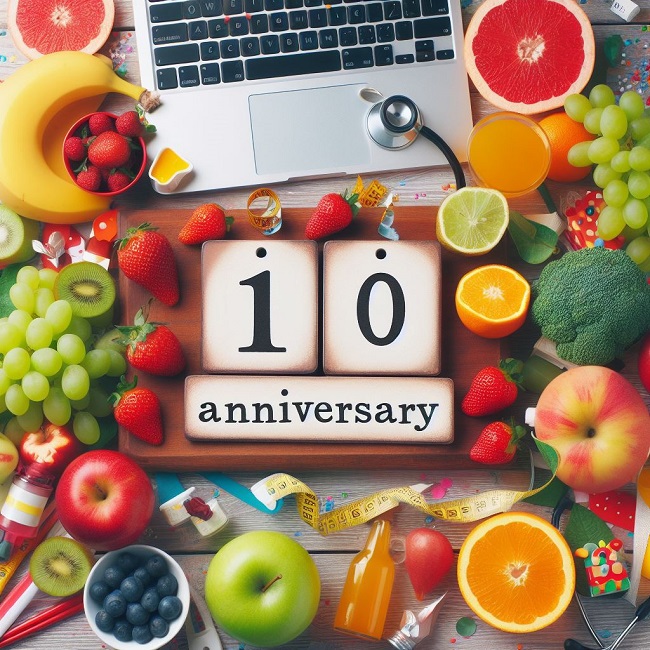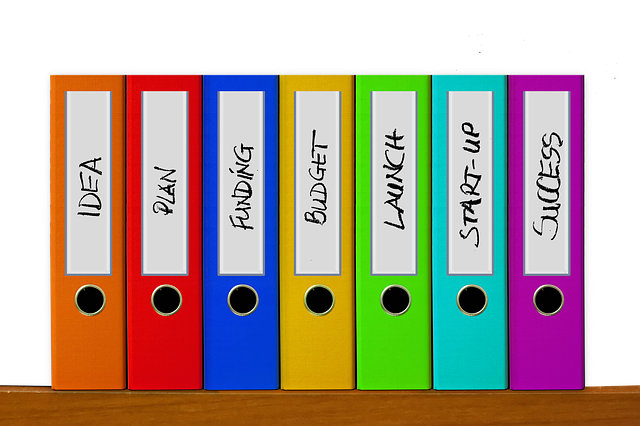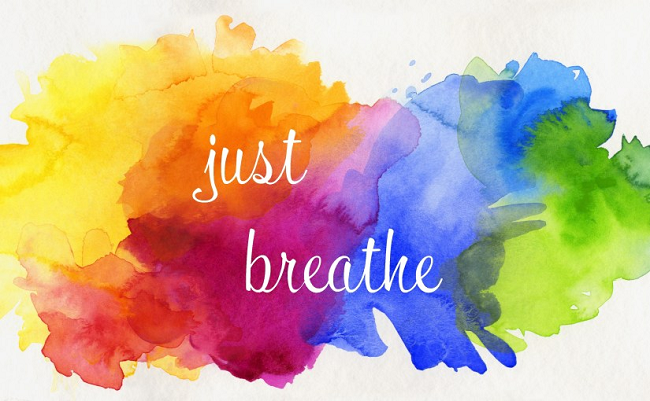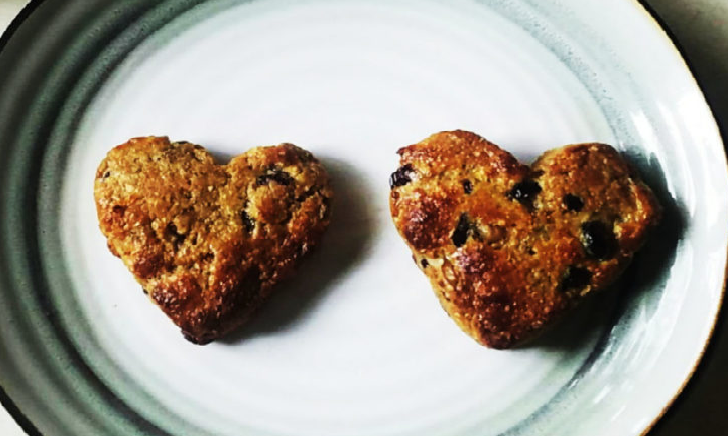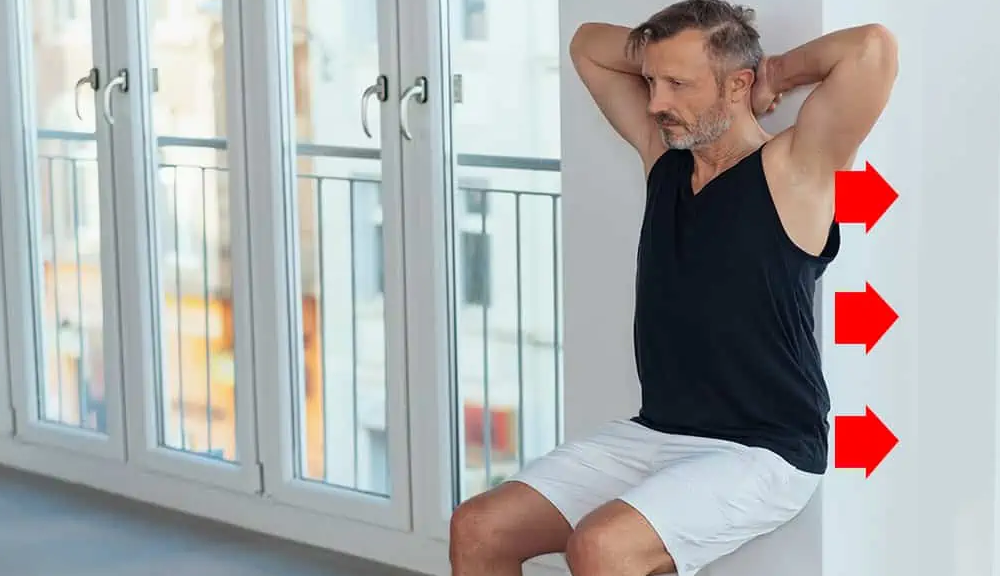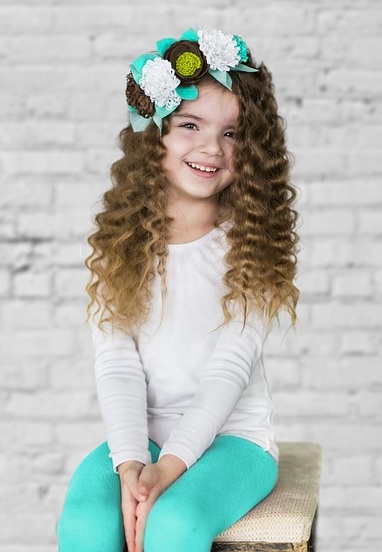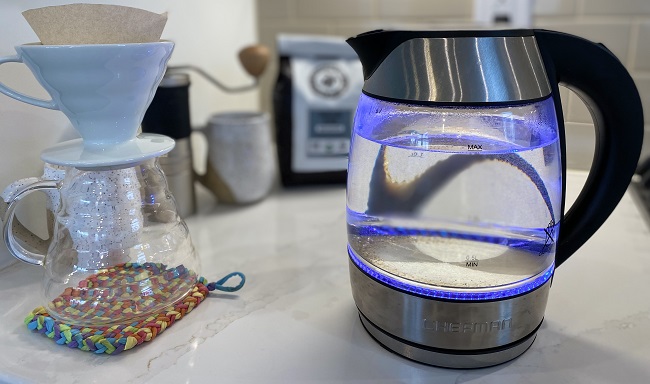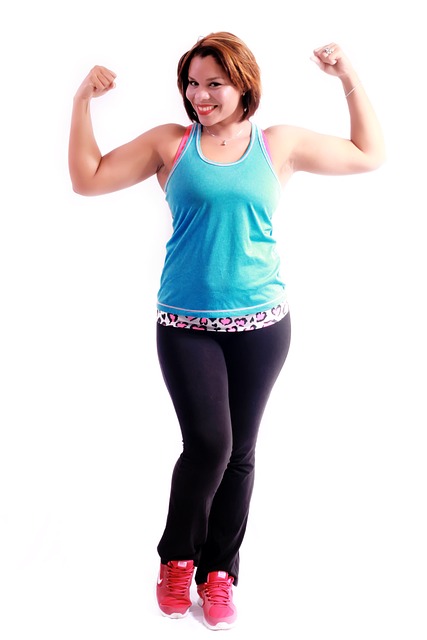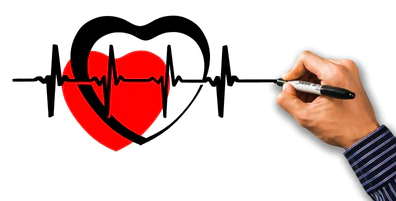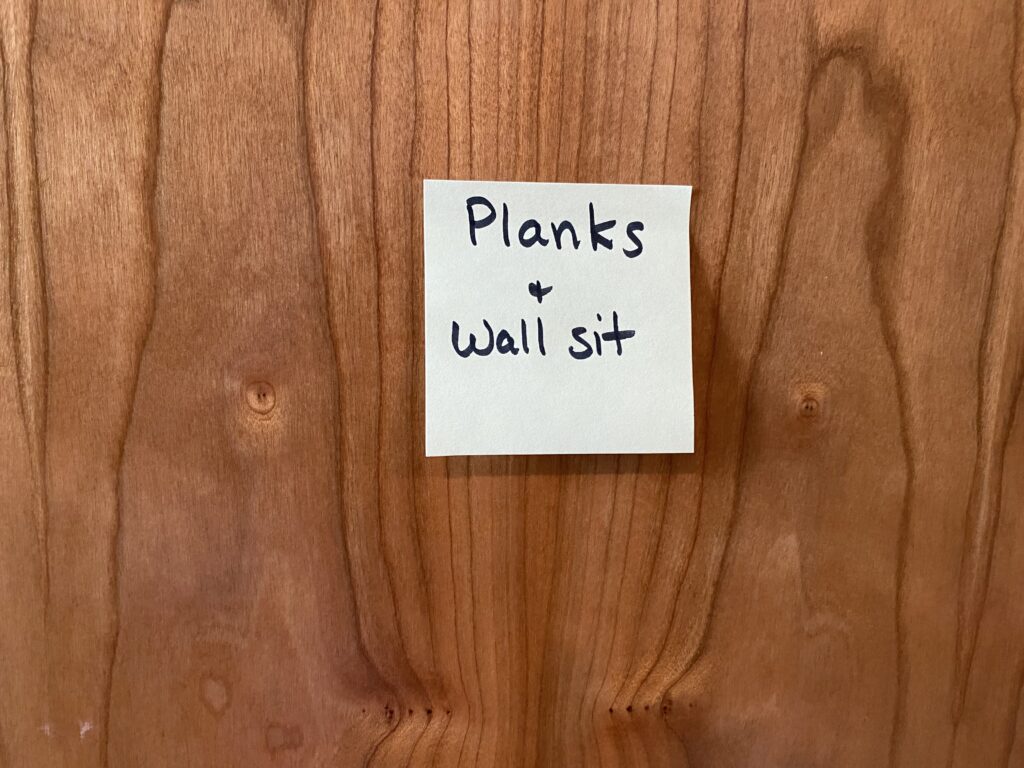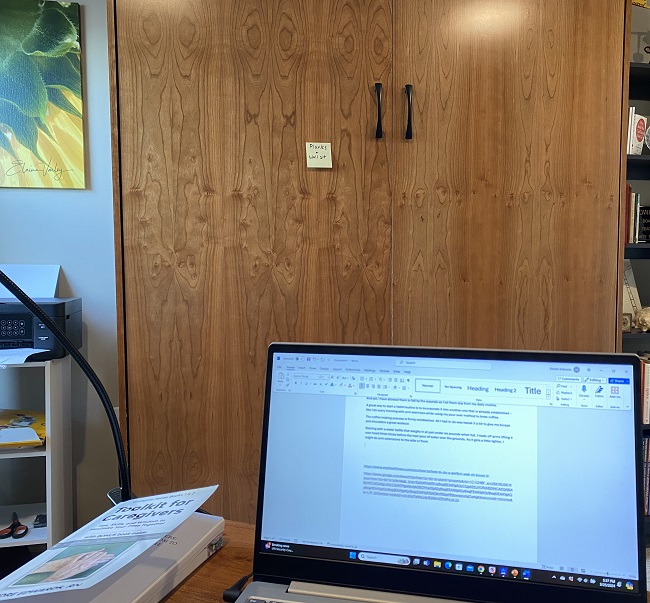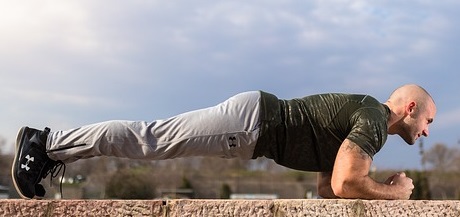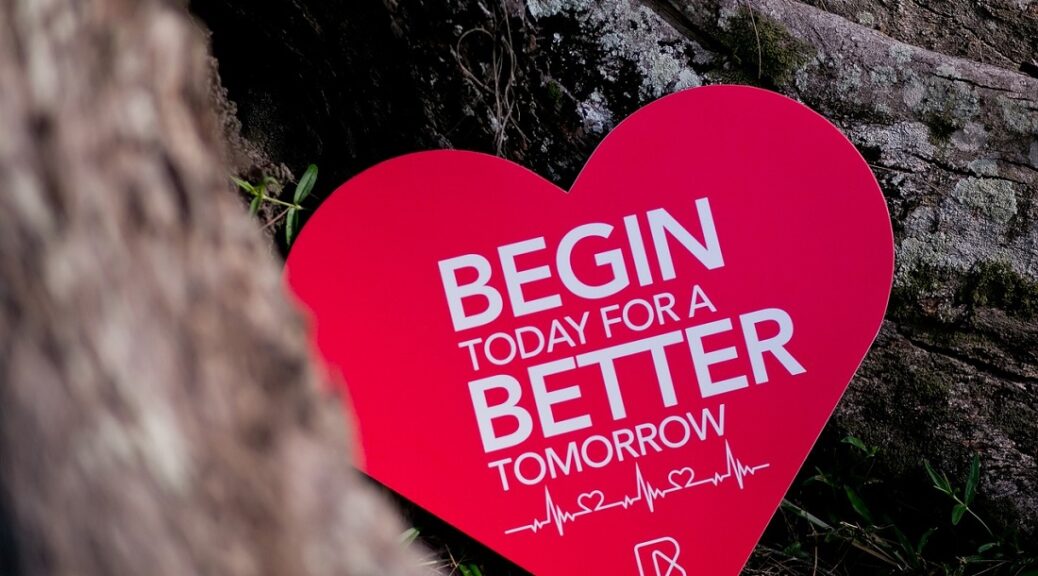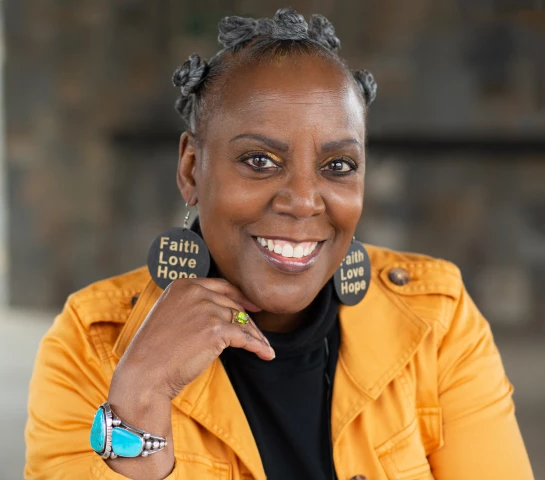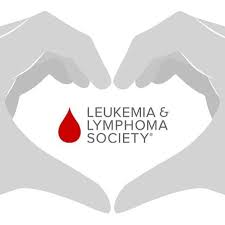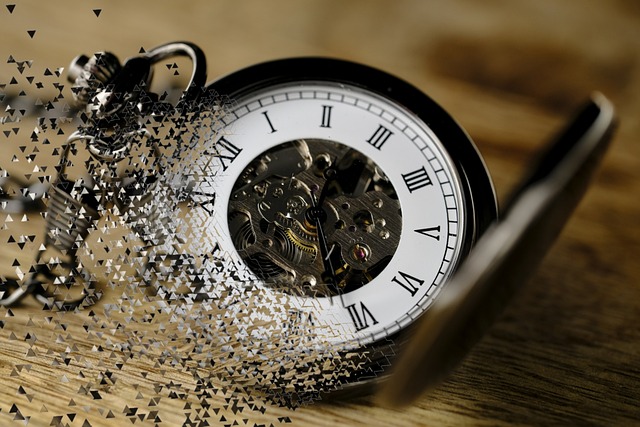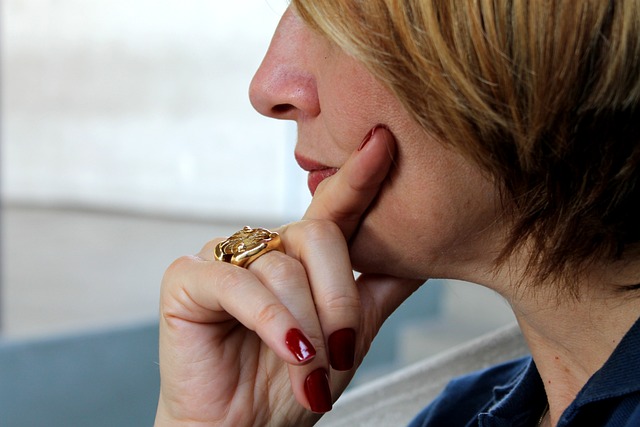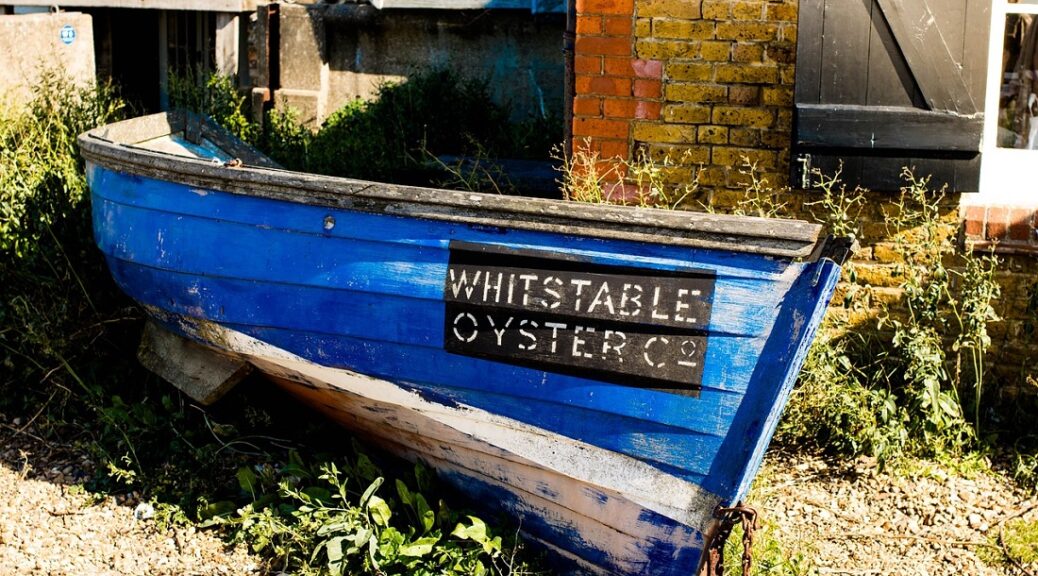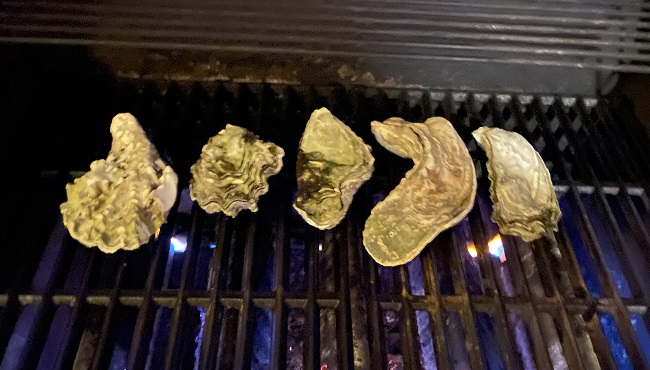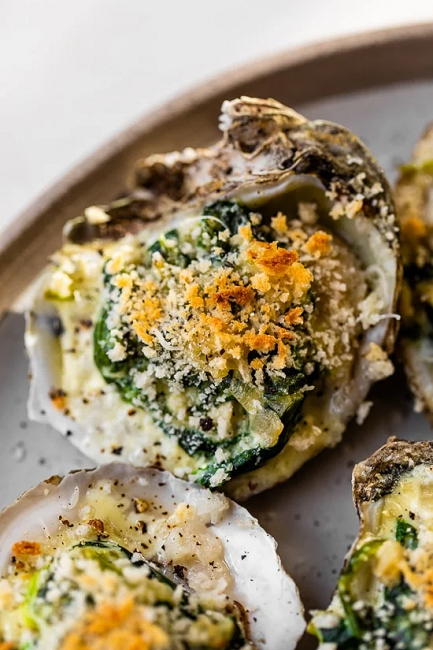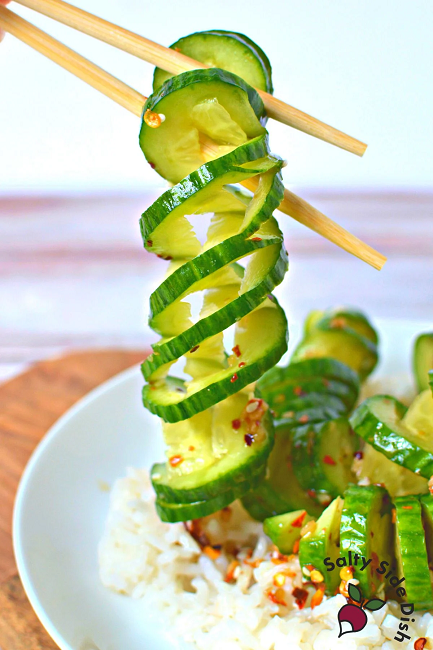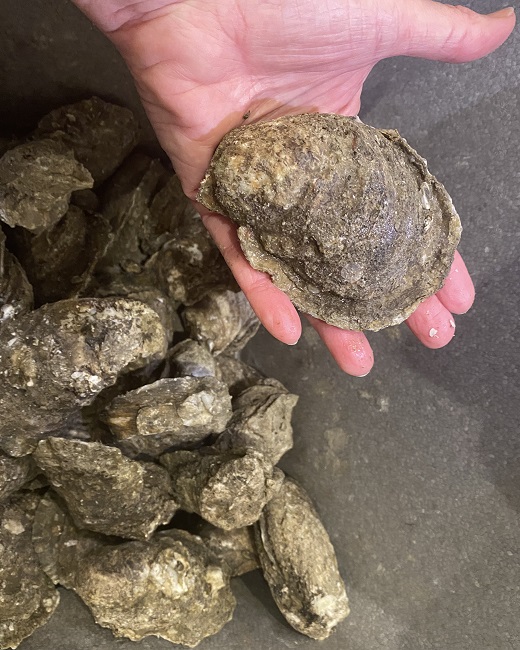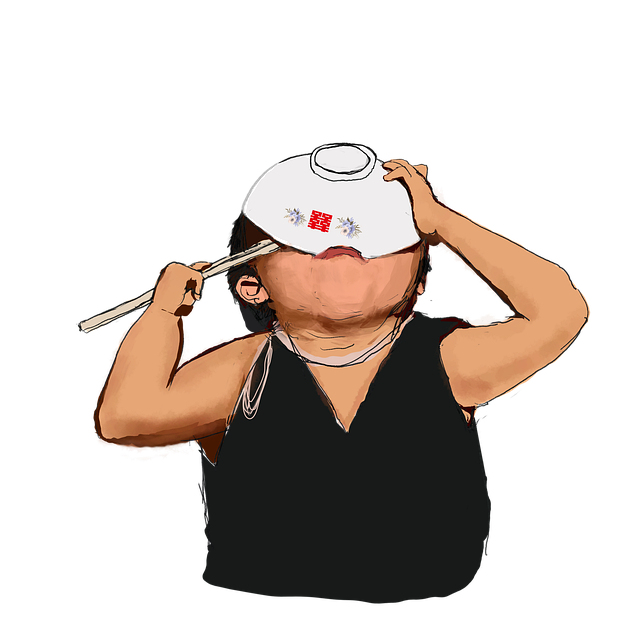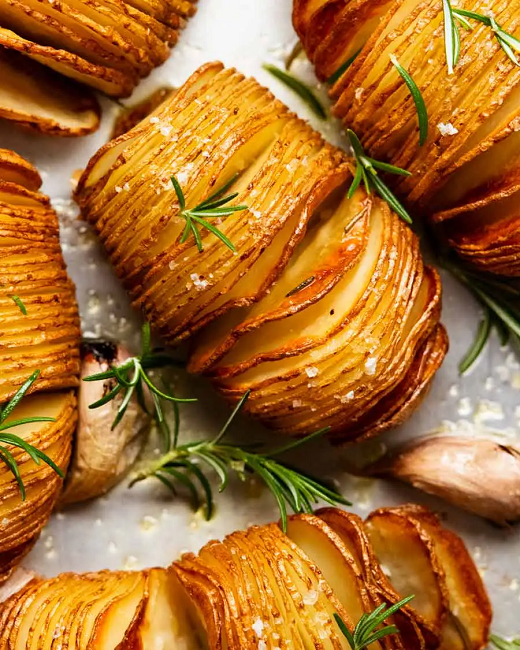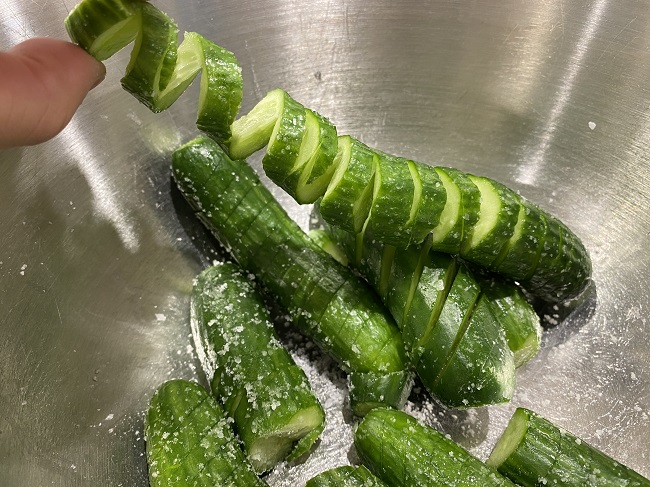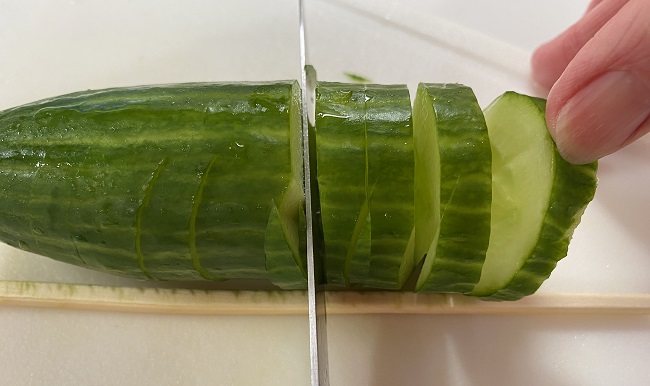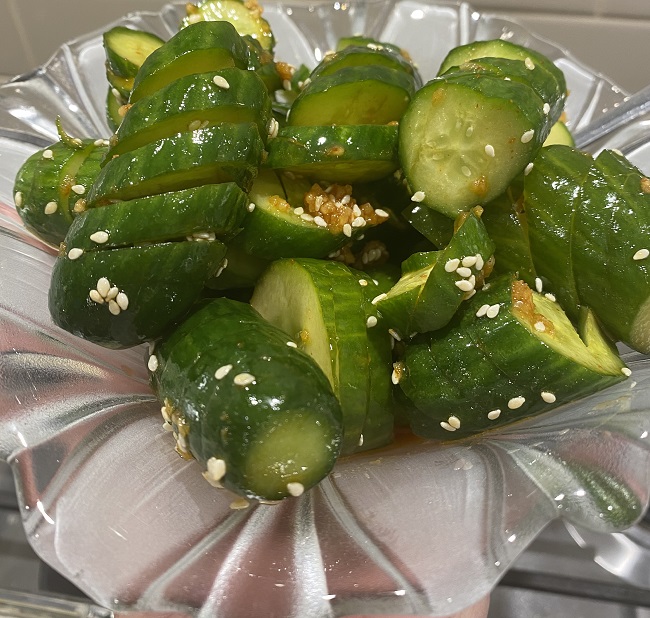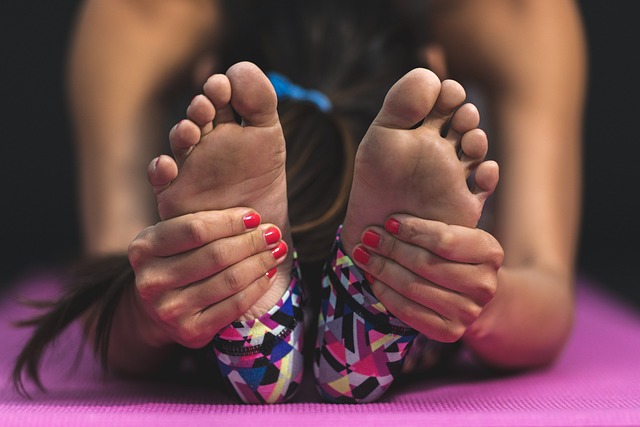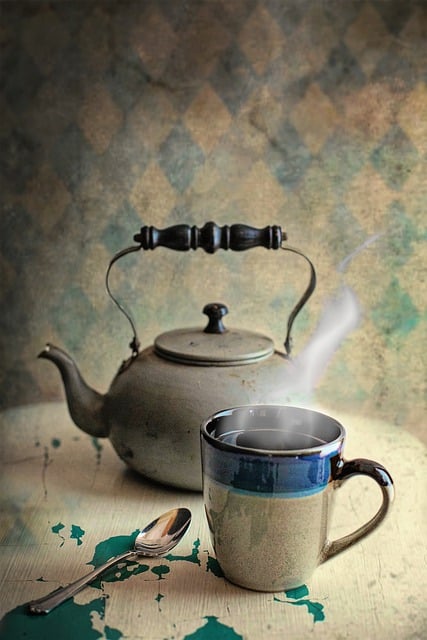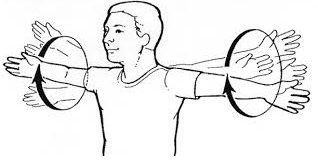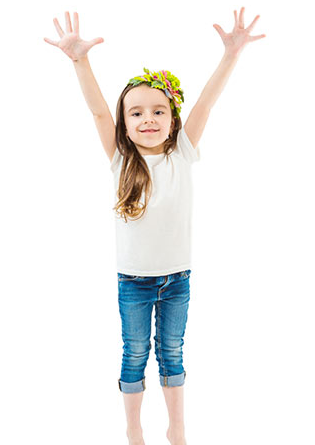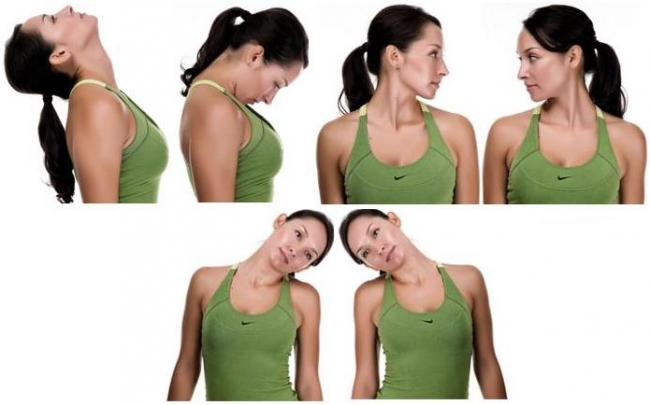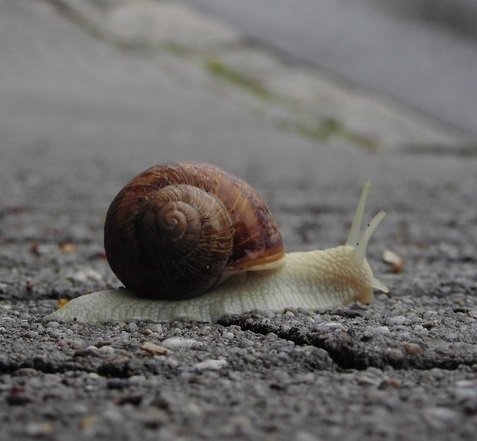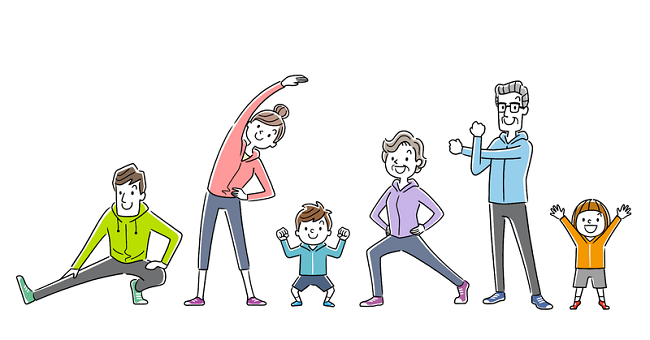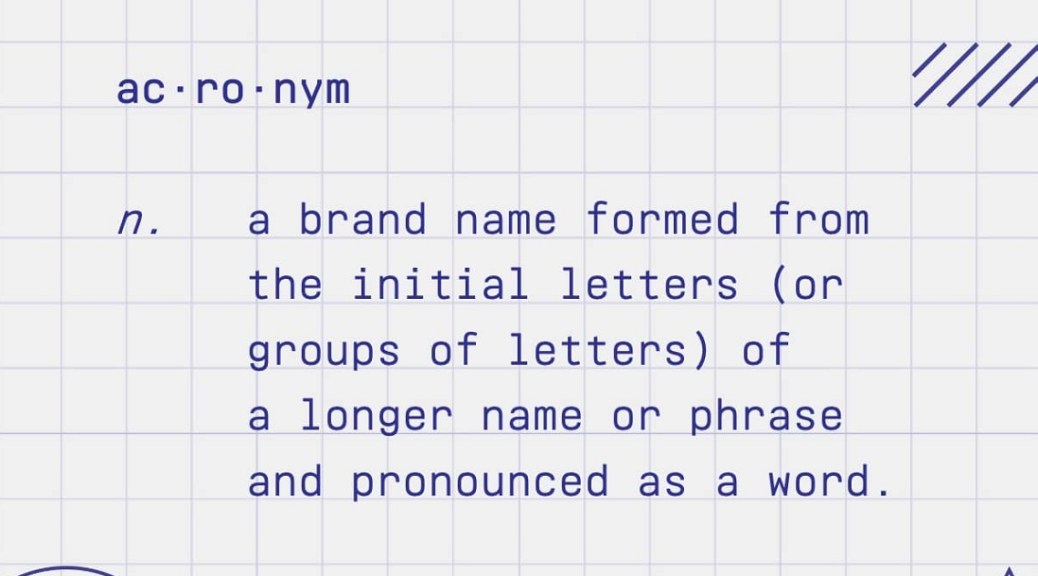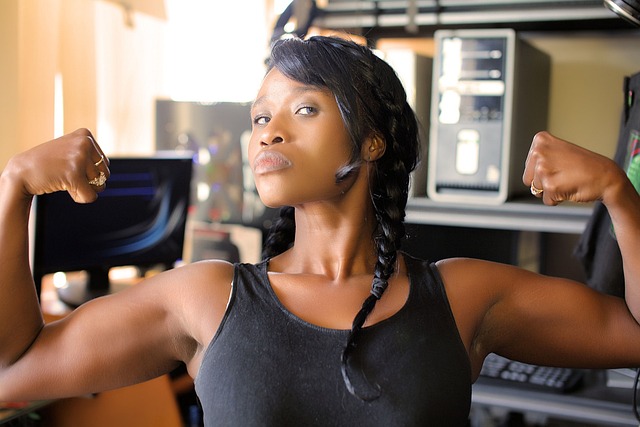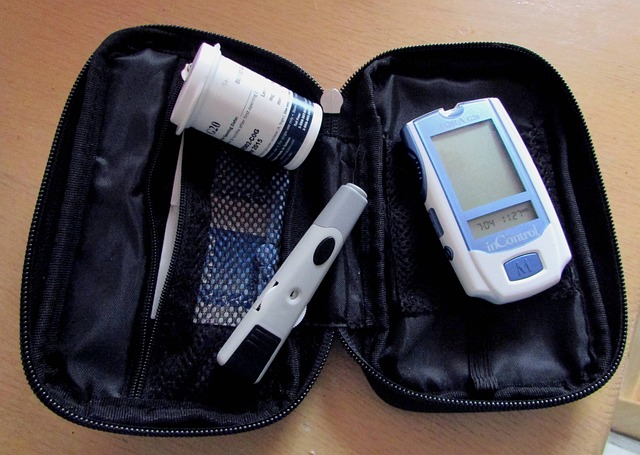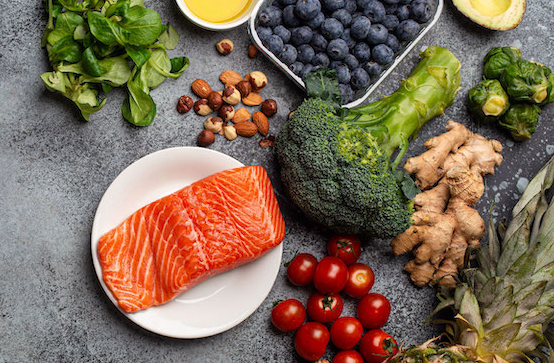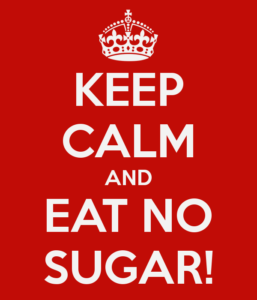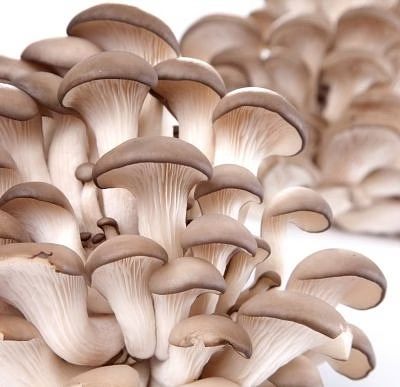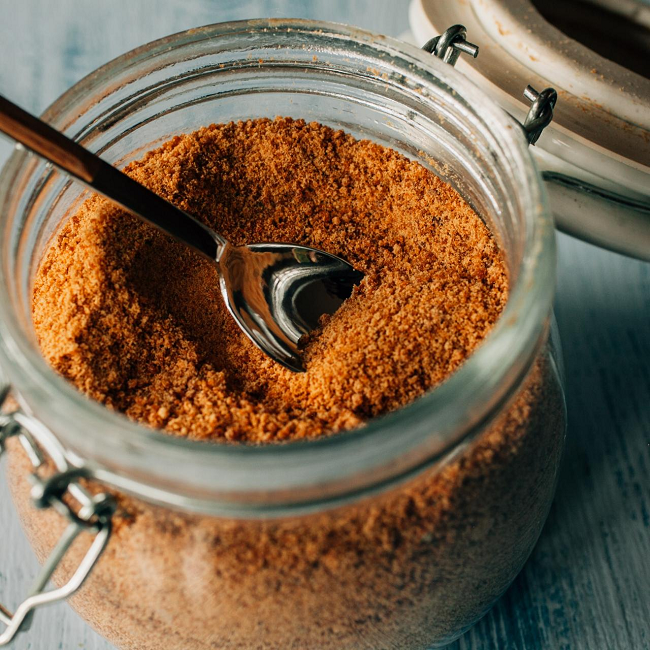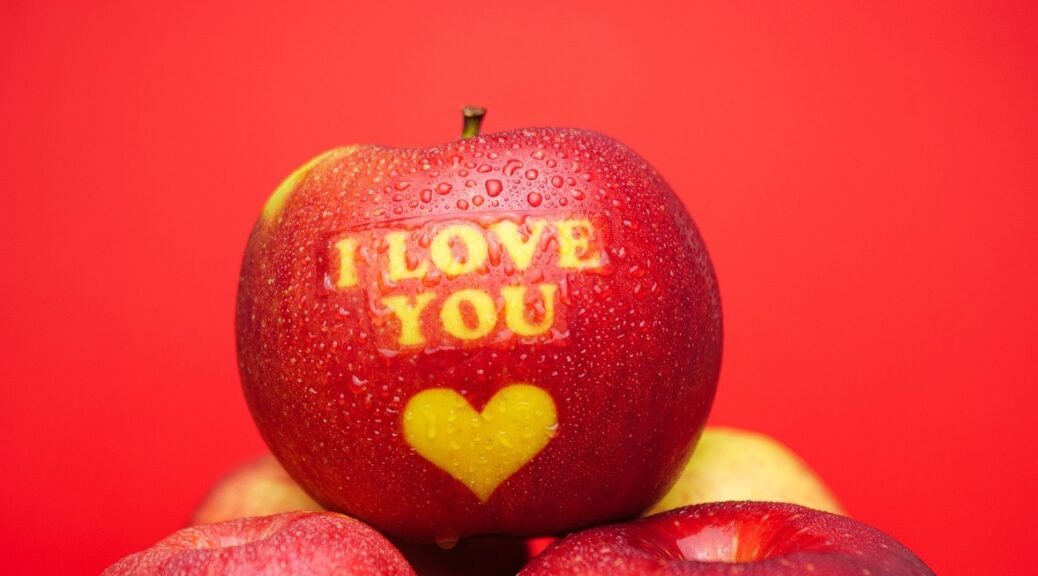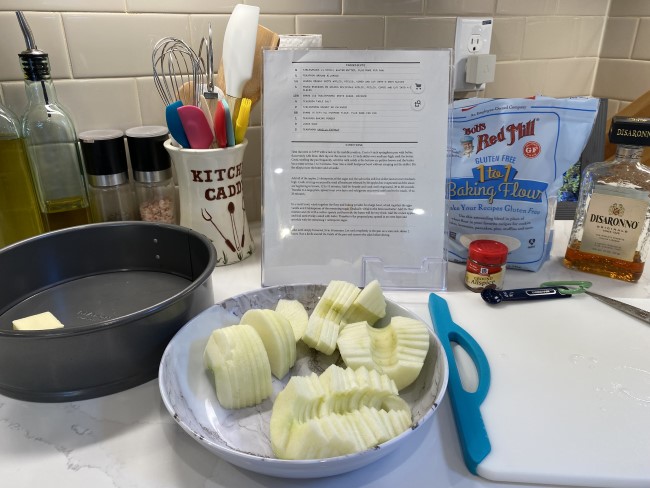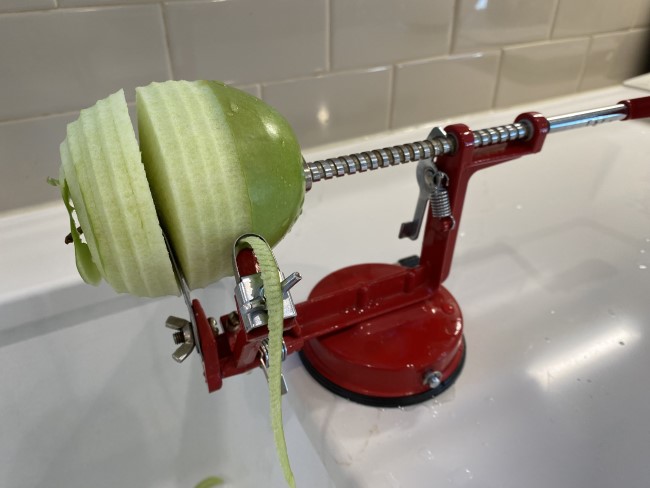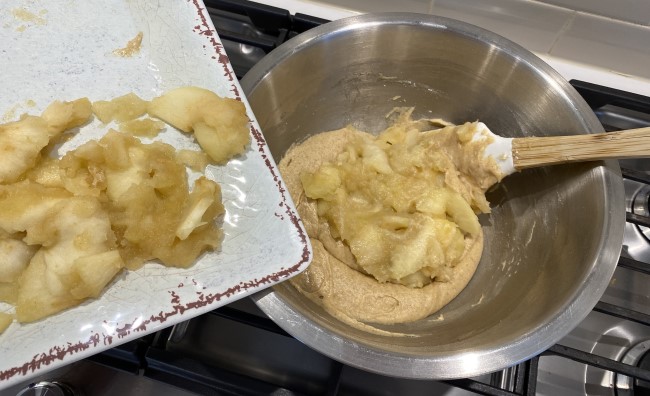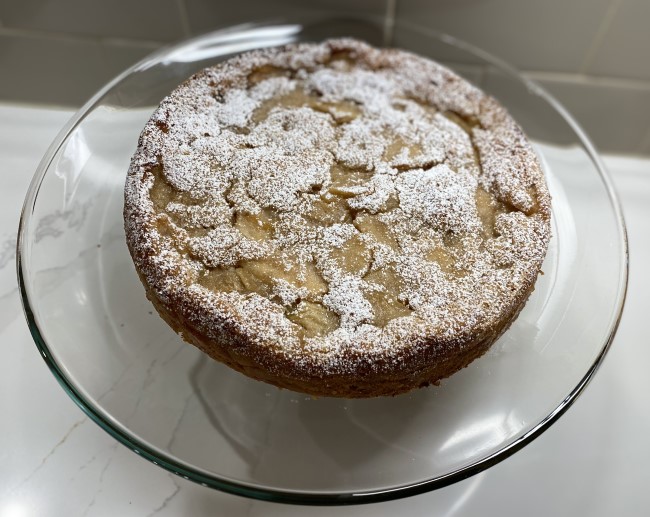Do you see the shower of diamonds falling upon you?
As a reader of foodtalk4you, you should, because this marks our tenth anniversary edition!
Big periodicals would have had staff assigned to their special edition, delving into past articles, to select the essential messages from the past ten years. They would have taken most of a year making it a keepsake edition.
We are a team of two.
It’s taken several months of sifting through each blog post since the beginning, and now there are visions of a book, The Best of Foodtalk4you, on the planning board.
But first, I’ll need to finish the relaunch of Toolkit for Caregivers – which is looking fabulous as it nears the completion of formatting and cover design – and retool, edit, and format, Toolkit for Caregiver Emotions, before we can think about, The Best of Foodtalk4you.
In the meantime, Sheree and I want to thank you for your support and encouragement for these past ten years. Many of you have been with us since the beginning of our journey, dedicated to helping others see the natural health available to them – one meal … one breath … one movement at a time.
Our health is a quest that spans our lifetime, and requires a diligent application of the basic principles we outline every week – including:
“Am I doing my body good?” What it means to be on the same team with my body – consistently pulling in the same direction – in this post from 2019.
Building a positive emotional mindset – freeing ourselves from the past and changing self-talk to recreate the landscape of our day – found in a series of three posts in 2022 HERE, HERE, AND HERE.
Are we destined to follow our genes? How our thinking and self-talk can guide our health status in these posts HERE and HERE.
Autoimmunity: the wolf at everyone’s door – a series of three posts HERE, HERE, and HERE about what autoimmunity is, the importance of avoiding things that contribute to it, and steps to take to live an anti-inflammatory life.
Stress management – ever on everyone’s minds, has been frequently addressed on foodtalk4you. In 2016, it was discussed as the January top searches post and again in the 2019 post “SPLAT.”
Exercises – especially outside of the confines of a gym, are regularly explored as I have always believed that movements to keep and build range of motion and strength can also be done throughout the day wherever we are. Recent posts have covered this well.
Recipes – the quest for anti-inflammatory eating has spanned this decade, and recipe sharing is a favorite pastime here. From seasonal soups to Scones That Love You Back, we’ve covered it all.
——————————————————
——————————————
So, here are some of our favorite glittering diamonds for you, dear readers! Your readership and comments are our diamonds! Thank you!
In health –
<— Deidre, who writes, and Sheree—>, who makes this lovely to read!
Make sure you are subscribing to foodtalk4you – keep scrolling to the bottom of your device or go to the top left of your computer screen. Your information is never shared, and your inbox is never hounded.


